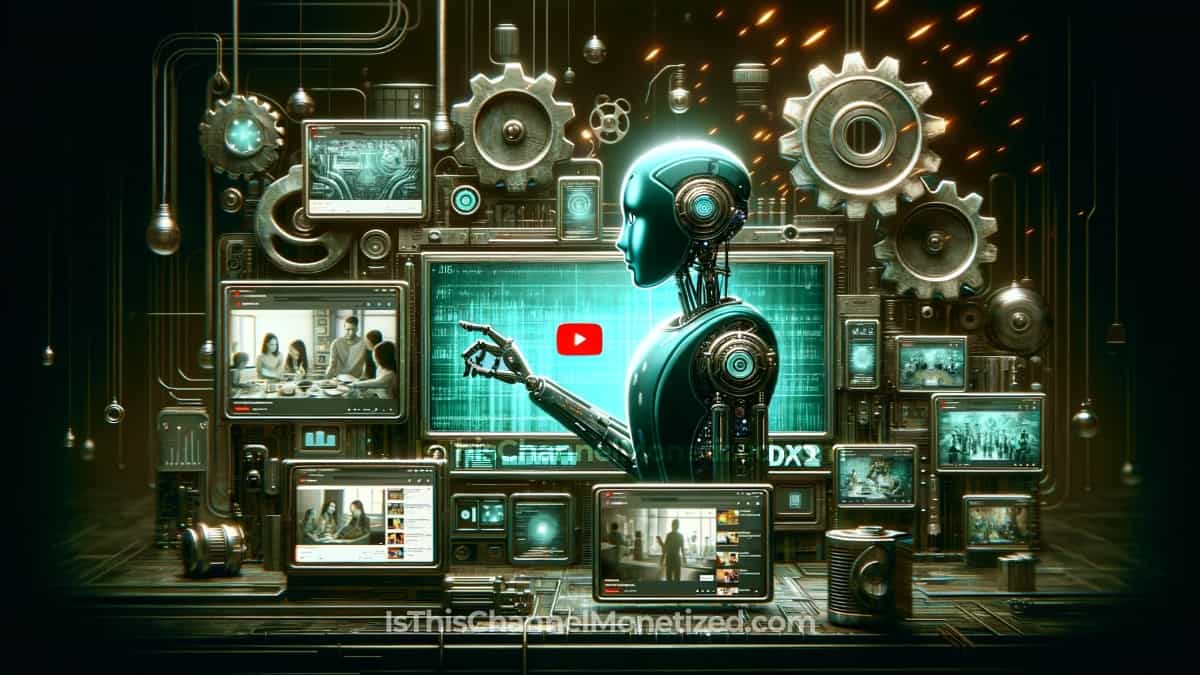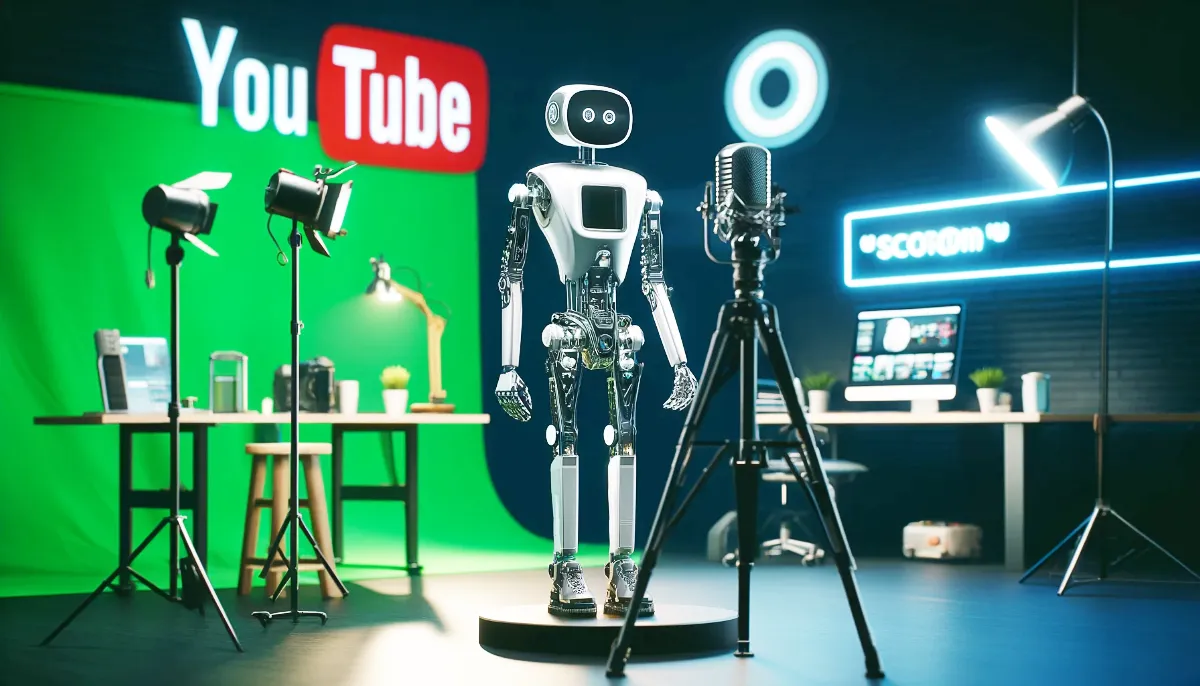Google just rolled out a nifty new update for Bard, and it’s all about YouTube. Previously, Bard could skim through YouTube videos, a neat trick it picked up in September.
But now, it’s not just skimming; it’s diving deep into the content.
Imagine craving a plate of creamy carbonara but uncertain about the right amount of pecorino cheese to add. Old Bard would’ve left you guessing, but not anymore.
This update is a game-changer. It’s like having a smart friend who watches all the videos for you and gives you the gist.
- Need to know how much pecorino cheese to sprinkle on that carbonara? Just ask Bard.
- Curious about the screwdriver used in that DIY video? Bard’s got you covered. It’s not just understanding videos; it’s interpreting them.
Google claims this is all about deepening your YouTube engagement. They say you want more from your videos, and frankly, who doesn’t? It’s a rich conversation waiting to happen, and Bard is stepping up to be your conversational partner.
More Than Just a Pretty Update: The Impact on Users and Content
Now, let’s not gloss over the implications here. This isn’t just a fancy new toy for Bard; it’s a significant leap in how we interact with video content.
Remember the days when you had to scrub through a video to find a specific part? Those days might be numbered. With Bard’s new YouTube chops, the whole experience of watching and interacting with videos is set for a revamp.
This feature isn’t just for the tech-savvy or the AI enthusiasts. Google is making Bard accessible to a wider audience, including teens. That’s right, the youth can now tap into Bard for everything from university advice to sports tips.
It’s not just an AI; it’s becoming a digital mentor of sorts.
The Double-Edged Sword of Bard’s YouTube Extension
Bard’s new YouTube extension, while beneficial for users, presents significant challenges for YouTubers.
The primary issue is monetization. Content creators earn through ad views and full video watches, but Bard’s shortcut approach could lead to viewers skipping ads and watching less, directly hitting creators’ earnings. This is akin to revealing a recipe’s secret ingredients without needing to watch the whole cooking video, impacting YouTubers’ income strategies.
Watch time, a crucial metric for YouTube’s algorithm, is also at risk. Bard’s quick-info style may reduce viewer engagement, leading to less algorithmic favoritism and potentially decreased video recommendations. This reduction in visibility can hinder creators’ ability to attract new audiences and grow their channels.
Lastly, there’s the issue of YouTube’s recommendation algorithm. Bard’s influence on user behavior could disrupt the algorithm’s effectiveness, leading to less optimal video recommendations and further affecting creators’ visibility and growth.
What This Means for Google, YouTube, and the AI Race
Let’s put on our future-gazing glasses for a moment. This update isn’t just about Bard getting smarter; it’s about Google strengthening its hold in the AI and video domain.
Remember, YouTube is the king of video content, and now Bard is like its crown prince, ready to take on the world of AI interaction.
This move by Google also throws a gauntlet at the feet of its competitors. ChatGPT, you’ve got company. The AI race is heating up, and Google is not just a participant; it’s making a dash for the finish line.
With Bard’s new abilities, Google is not just enhancing user experience; it’s reshaping how we think about AI and video content.



